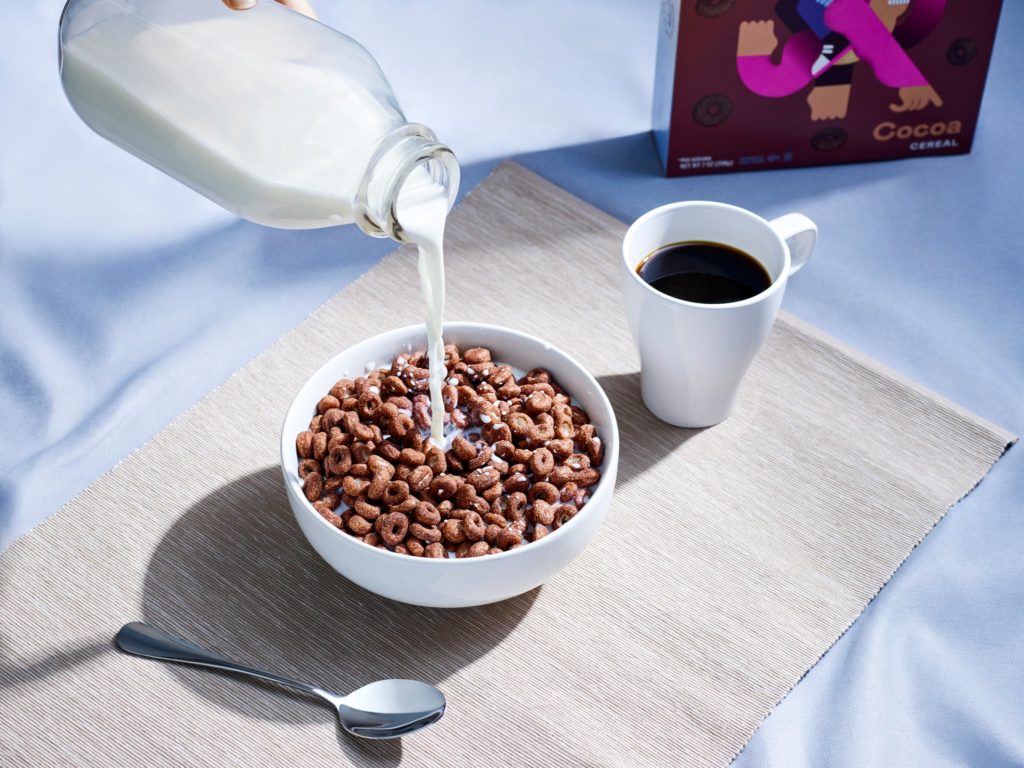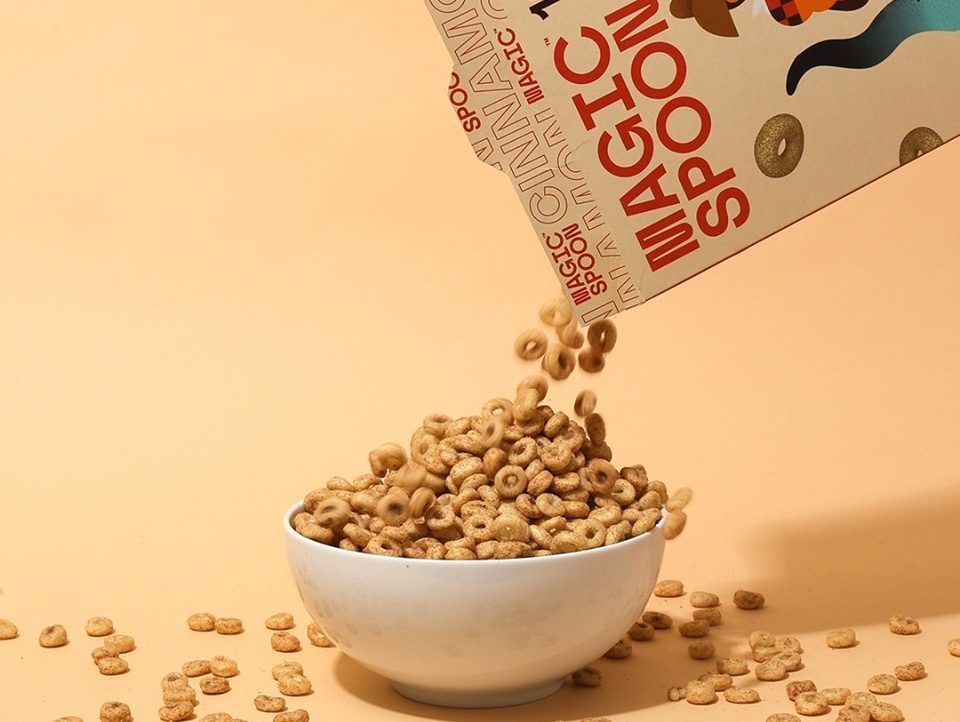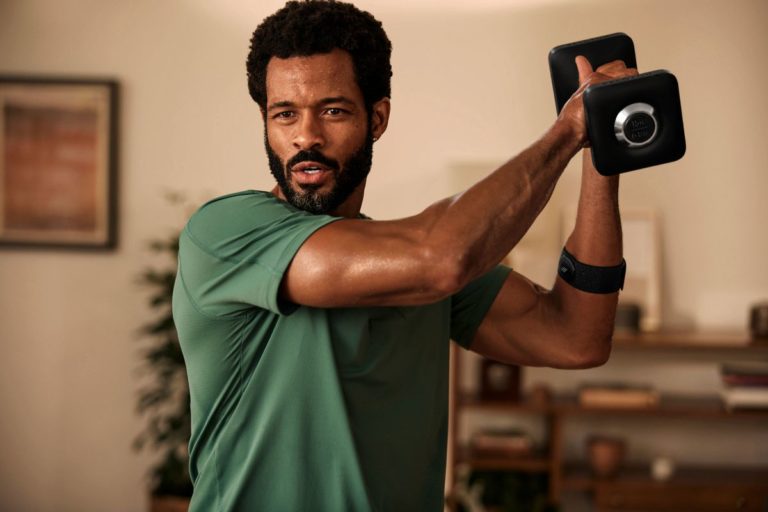For decades, cold cereal was a breakfast favorite among Americans looking for a cheap, convenient, and tasty option. But more recently, sales of sugar-laden cereals have taken a hit. Now, a new generation of breakfast cereals is moving in, hoping to fill your bowl with a healthier alternative. Are high-protein, low carb, and grain-free cereals the new breakfast of champions? Let’s take a look.
Breakfast cereal is big business, but sales have started to slip:
- Nearly 90% of US consumers eat cereal for breakfast at least sometimes.
- Yet, sales of the breakfast staple fell 17% between 2009 and 2016.
- Americans spent $9B on cold cereal in 2018, down from $13.9B in 2000.
This decline is being driven by a few key factors, including health concerns related to excess sugar, the rise of specialty diets like keto, paleo, and Whole30, and growth in the number of cereal-replacement snacks like nutrition bars.
Sugar. Bland cereals like Corn Flakes gave way to sugary, and highly marketable, options like Cap’n Crunch. But as sugar emerged as a source of health issues like diabetes, heart disease, and obesity, consumers came to view cereal as lacking nutrition and being too high in calories.
Wellness. The rise of wellness culture has fueled a $4.2T industry. Whether it’s in pursuit of physical performance, productivity, longevity, or vanity, we seek out foods and brands that align with these goals. Now, breakfast cereals must comply with our high-protein, ketogenic, or low-carb lifestyle.
Convenience. Busy and health-conscious consumers are increasingly seeking out convenient and nutritious foods. As a result, healthier and more portable options like nutrition bars, yogurt, and meal replacement shakes have cut into cereal’s share of the breakfast category.
But, cereal is making a serious comeback. No, it’s not the highly-processed, overly-sweetened corn puffs of yesteryear. Cereal startups have tapped wellness culture and health trends, introducing keto-friendly, high-protein, grain-free, and low-carb options. Meet the new cast of cereal upstarts reinventing the category.
- Magic Spoon recently landed $5.5M in seed funding led by Lightspeed Venture Partners for its low-carb, high-protein “child-like cereal for adults”. Its frosted, cinnamon, fruity, and cocoa varieties are sold direct to consumer in four-box packs for $39.99.
- Catalina Crunch is a low-carb, zero-sugar, keto-friendly cereal generating nearly $1M in monthly sales. Aiming to be more portable, the product is sold in a resealable bag, an approach that’s working — just 45% of its customers eat this cereal out of a bowl.
- The Cereal School bills itself as “old school cereal made the new way.” Boasting zero sugar, 1g of carbs, and 16 grams of protein, Cereal School comes in a portable, snackable, pre-portioned bag. Each bag is the equivalent to one bowl of cereal.
- Three Wishes is the latest newcomer. Gearing up for its launch, Three Wishes is preparing to unveil a low-carb, high-protein competitor made from chickpeas — making it grain-free.
Zooming out: health-minded consumers are making soggy, sugary cereals are a thing of the past. As a result, acquisitions and innovation in the food space are redefining how we break our fast.
In October of 2017, The Kellogg Company purchased RXBAR for $600M. During the first 12 months following the acquisition, the clean-label protein bar surpassed $200M in net sales. Now, RXBAR is expanding into hot cereal with single-serve oatmeal cups. Of note, hot cereal is a $1.3B category.
Meanwhile, upstarts like MUSH and Brave, both makers of overnight oats products, are innovating with health and convenience in mind. Similarly, with $5.5M in fresh funding, oat bar producer Bobo’s is poised to move beyond bars into other breakfast options like granola or oatmeal.
Bottom line: with billions up for grabs, expect to see even more attention paid to busy, health-conscious eaters searching for a convenient, nutritious option to build their breakfast routine around.




